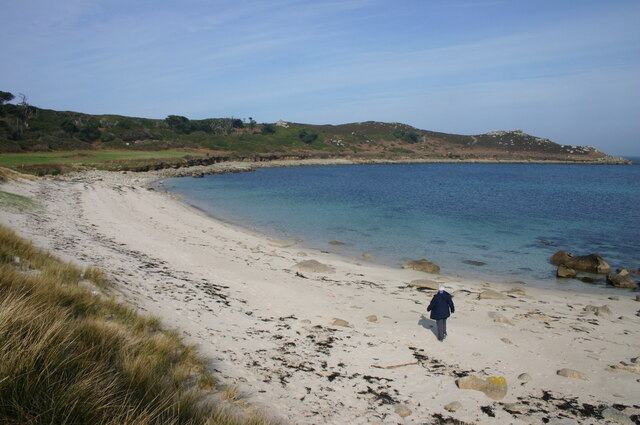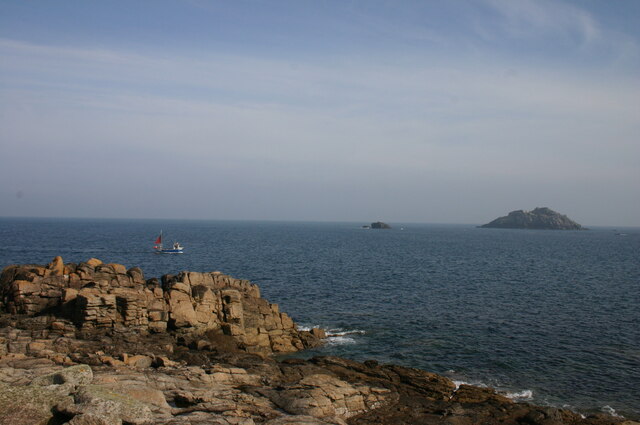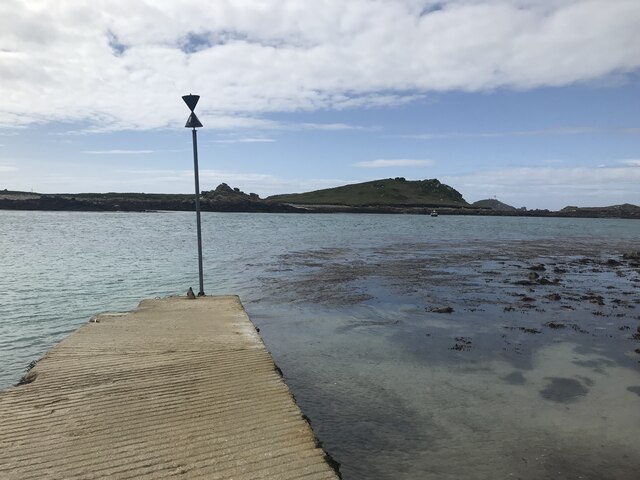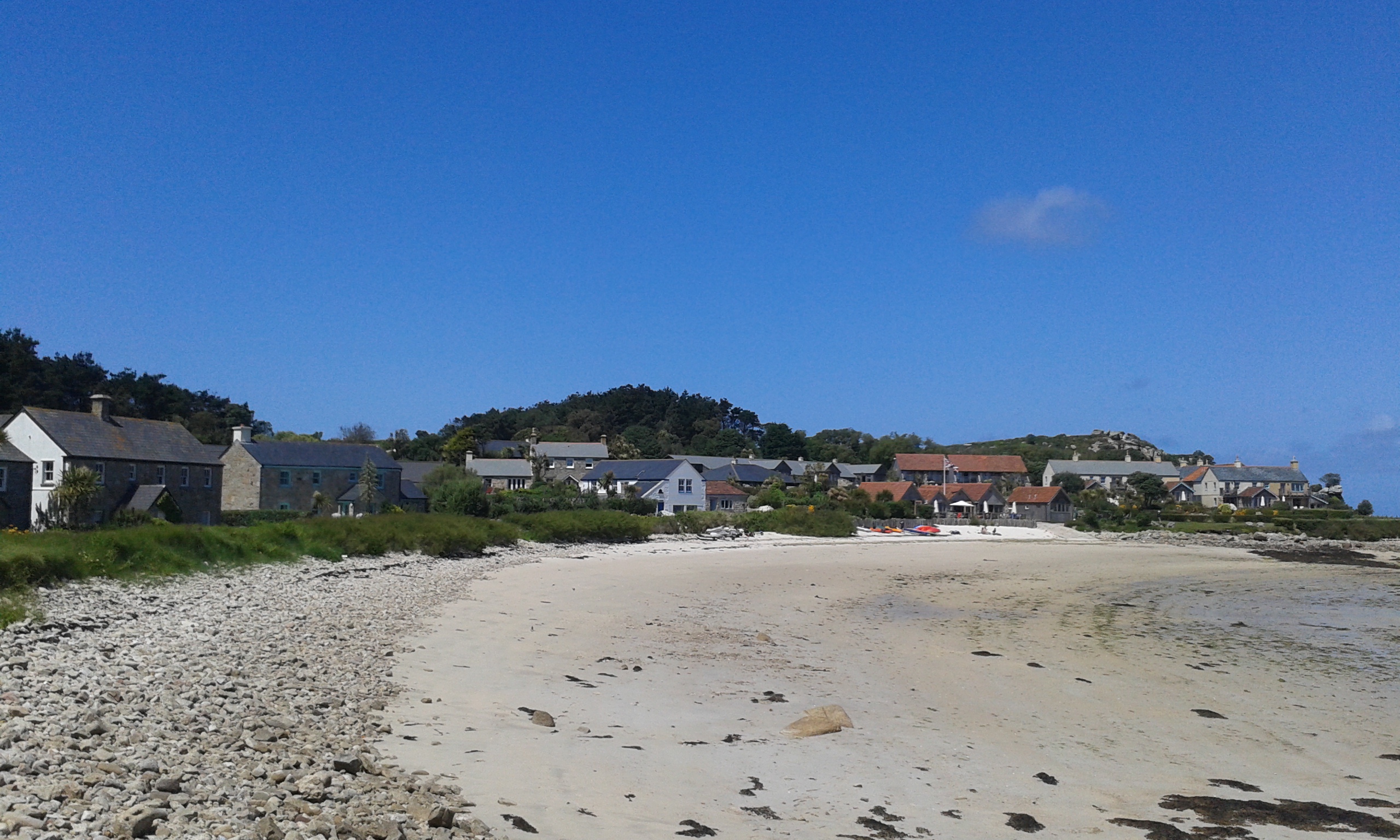Peashopper Island
Island in Cornwall
England
Peashopper Island

Peashopper Island is a small, uninhabited island located off the coast of Cornwall, England. Situated in the Celtic Sea, it is part of the Isles of Scilly archipelago. With an area of just 0.3 hectares, Peashopper Island is one of the smallest islands in the Scilly Isles.
The island's name, Peashopper, is said to derive from the old Cornish word "porth-hypper," which means "landing place for boats." This suggests that the island might have served as a landing spot for fishermen in the past. However, due to its remote location and lack of amenities, it is not commonly visited by tourists today.
Peashopper Island is characterized by its rugged and rocky terrain, with no significant vegetation. It is largely surrounded by cliffs, providing nesting grounds for various seabirds such as fulmars and gulls. These cliffs also offer stunning panoramic views of the surrounding sea and coastline.
Access to Peashopper Island is restricted, as it is part of the Isles of Scilly Area of Outstanding Natural Beauty. This designation ensures the preservation of its natural landscape and wildlife. Boating enthusiasts and birdwatchers occasionally visit the island, but visitors are advised to be cautious due to the treacherous waters surrounding it.
Overall, Peashopper Island in Cornwall is a picturesque and secluded spot, offering a glimpse of untouched natural beauty. Its ruggedness and limited accessibility make it a haven for wildlife and a place of tranquility for those seeking solitude in the midst of nature.
If you have any feedback on the listing, please let us know in the comments section below.
Peashopper Island Images
Images are sourced within 2km of 49.963167/-6.3253886 or Grid Reference SV8915. Thanks to Geograph Open Source API. All images are credited.













Peashopper Island is located at Grid Ref: SV8915 (Lat: 49.963167, Lng: -6.3253886)
Division: Isles of Scilly
Unitary Authority: Isles of Scilly
Police Authority: Devon and Cornwall
What 3 Words
///surround.paddlers.grumbles. Near Tresco, Isles of Scilly
Nearby Locations
Related Wikis
Old Blockhouse
The Old Blockhouse, also known as the Dover Fort, is a 16th-century fortification on the island of Tresco in the Isles of Scilly. It was built between...
Old Grimsby
Old Grimsby (Cornish: Enysgrymm Goth) is a coastal settlement on the island of Tresco in the Isles of Scilly, England. It is located on the east side of...
St Nicholas's Church, Tresco
St Nicholas's Church, Tresco, is a parish church in the Church of England located in Tresco, Isles of Scilly, UK. == History == Originally two old cottages...
Teän
Teän ( TEE-ən, sometimes written Tean without the diaeresis; Cornish: Enys Tian) is an uninhabited island to the north of the Isles of Scilly archipelago...
Nearby Amenities
Located within 500m of 49.963167,-6.3253886Have you been to Peashopper Island?
Leave your review of Peashopper Island below (or comments, questions and feedback).






